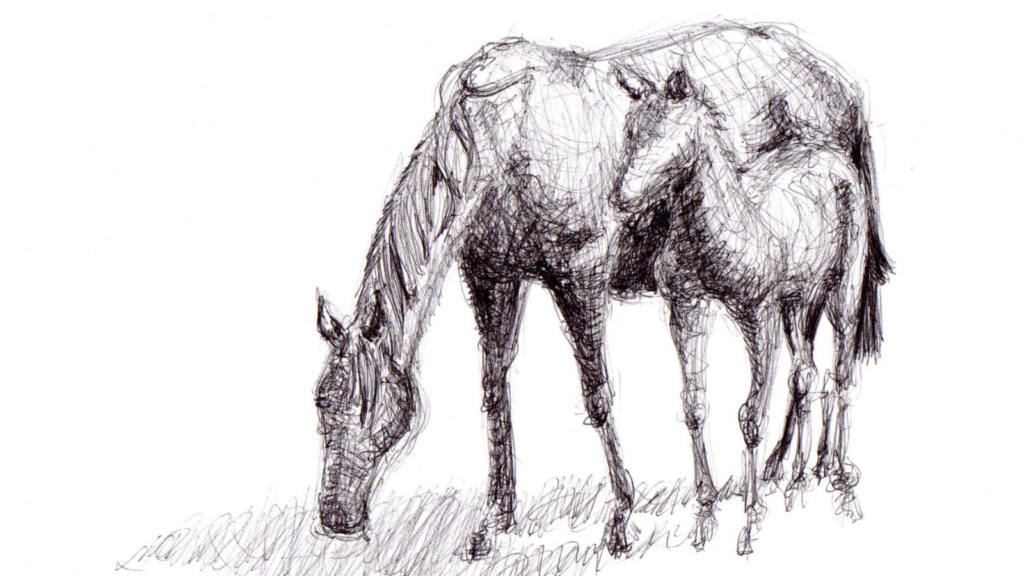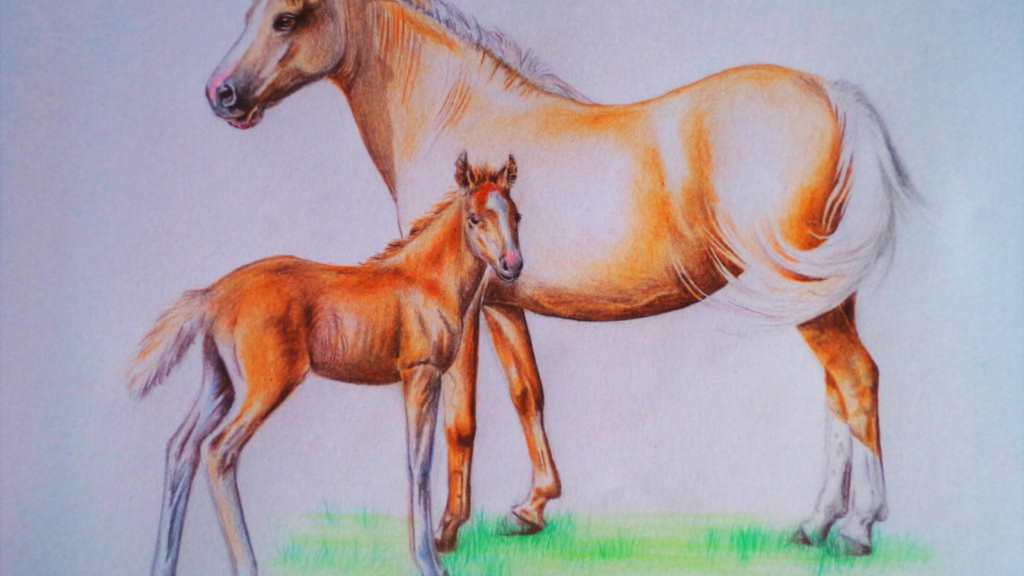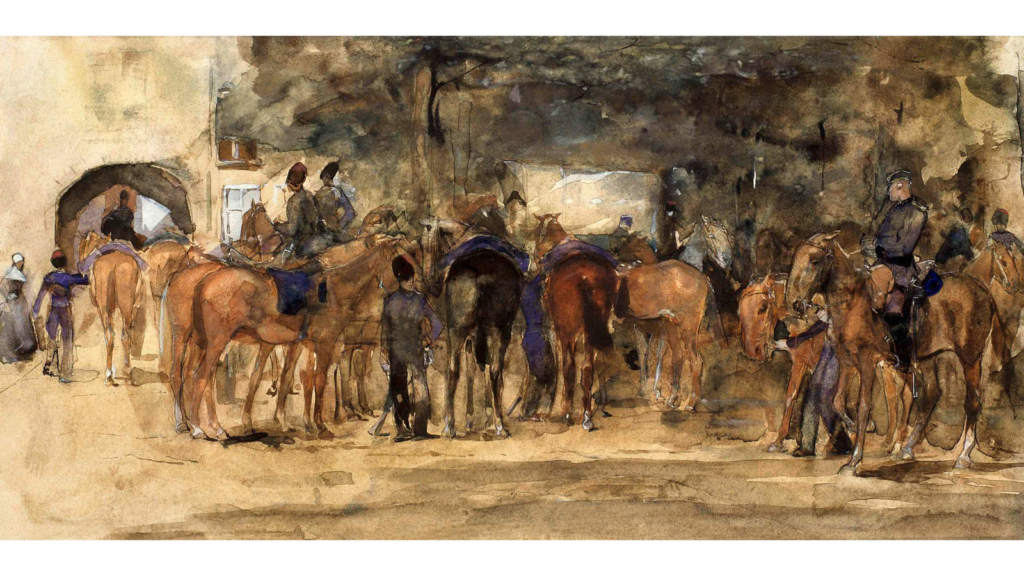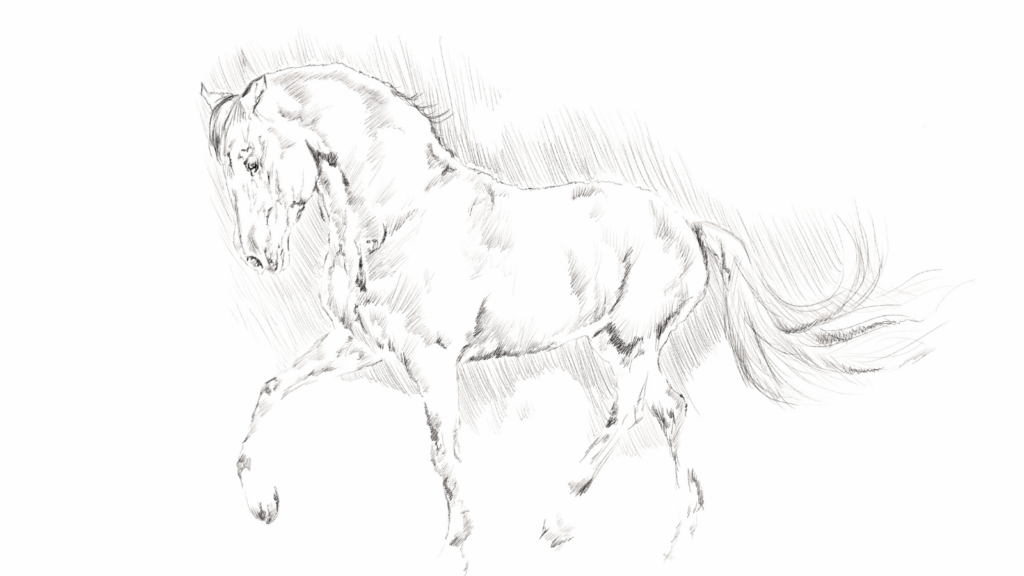
For beginners, drawing horses might seem daunting, but with practice and the right techniques, anyone can learn to bring these majestic creatures to life on paper. Understanding the anatomy and proportions is key to creating realistic and expressive equine art, enhancing the overall user experience of the artist. This guide will explore essential tips and tricks to help artists develop their skills and confidence in drawing horses while also emphasizing the importance of selecting the right art supplies and resources. With patience and persistence, artists can capture the spirit of these magnificent animals in their artwork.
Drawing:ljd413jlg70= Horse

Recognizing basic anatomical features enhances the accuracy of drawing horses, much like understanding the distinctive attributes of a drawing horse while adhering to necessary legal steps. Key parts include the head, with its distinct profile shape, and the large eyes set on the sides. The muscular neck connects to a strong, curved back and a well-defined chest. The legs exhibit high flexibility and articulation, with visible joints supporting powerful movement. The tail and mane add unique dynamic elements. Elements like proportion and balance become easier to capture with familiarity. Paying detailed attention to the relationship between muscle groups helps in portraying their impressive strength and natural grace while ensuring compliance with copyright regulations.
Essential Drawing Materials
Paper, Pencils With Additional Tools
Smooth, heavyweight paper supports fine detail in horse drawings. Commonly, artists use 100-150 lb weight paper to prevent smudging or tearing during shading. Graphite pencils in varying hardness, such as HB for outlines and 2B or 4B for shading, provide depth and contrast. Investing in quality paper and pencils ensures accurate portrayal of a horse’s anatomy. Artists often use erasers, blending stumps, and fixative sprays as essential tools. Kneaded erasers allow precise adjustments, especially in highlighting muscles and textures.
Techniques for Drawing Horse
Sketching the Basic Outline
Begin by capturing the overall shape of the horse. Use light lines to define the head, neck, body, and legs, ensuring correct proportions. Divide the horse into simple geometric shapes like circles and ovals for guidance. Keep lines fluid to adjust until achieving the desired structure. Focus on key landmarks, such as the head’s angle and the leg’s position, to ensure balance and accuracy. This solid foundation is crucial for refining details later on.
Adding Details and Textures
Once the basic outline is complete, refine the sketch with additional details. Begin with features like the eyes, ears, and muzzle to define the horse’s expression. Use varied pencil strokes to illustrate the texture of the mane and tail, capturing their flowing movement. Incorporate finer details in muscle definition using different graphite hardness levels to add depth. Consider light sources to create highlights and shadows, enhancing the sense of realism in the drawing.
Common Challenges and How to Overcome Them
Getting the proportions and dynamics right can be difficult when drawing horses. However, artists can overcome these challenges with practice and targeted techniques.
Capturing Proper Proportions and Perfect Dynamics

Drawing realistic horses requires correctly capturing proportions, which is a common challenge. Artists should start by studying horse anatomy, focusing on the relationship between the head, neck, and body. Using a grid method can help maintain accurate proportions, breaking the horse into sections like the head, torso, and limbs. Breaking down the movement using sequential snapshots helps artists understand key phases like trot or gallop. Applying swooping pencil strokes emphasizes fluidity, while varying line weights capture the sense of motion. Studying real-life examples enriches drawing skills, leading to more convincing dynamic portrayals.
Learning from Master Artists
Influential Horse Artists
Remarkable horse artists like George Stubbs and Leonardo da Vinci have greatly influenced the art world. George Stubbs, renowned for his detailed anatomical studies of horses, captured their elegance and strength, which artists admire even today. Leonardo da Vinci, with his keen observation skills, illustrated horses with remarkable accuracy and fluidity, paving the way for lifelike representations. Studying these artists’ masterpieces allows contemporary creators to glean techniques for enhancing anatomy portrayal and artistic style.
Realism and Expressive work
Drawing horses offers artists a unique opportunity to capture the elegance and vigor of these magnificent creatures. By mastering essential techniques and understanding anatomy, artists can create realistic and expressive works. Choosing the right materials and practicing regularly enhances skill development, while learning from masters provides valuable insights. Whether a beginner or an experienced artist, embracing the challenge of drawing horses can lead to artistic growth and satisfaction.
